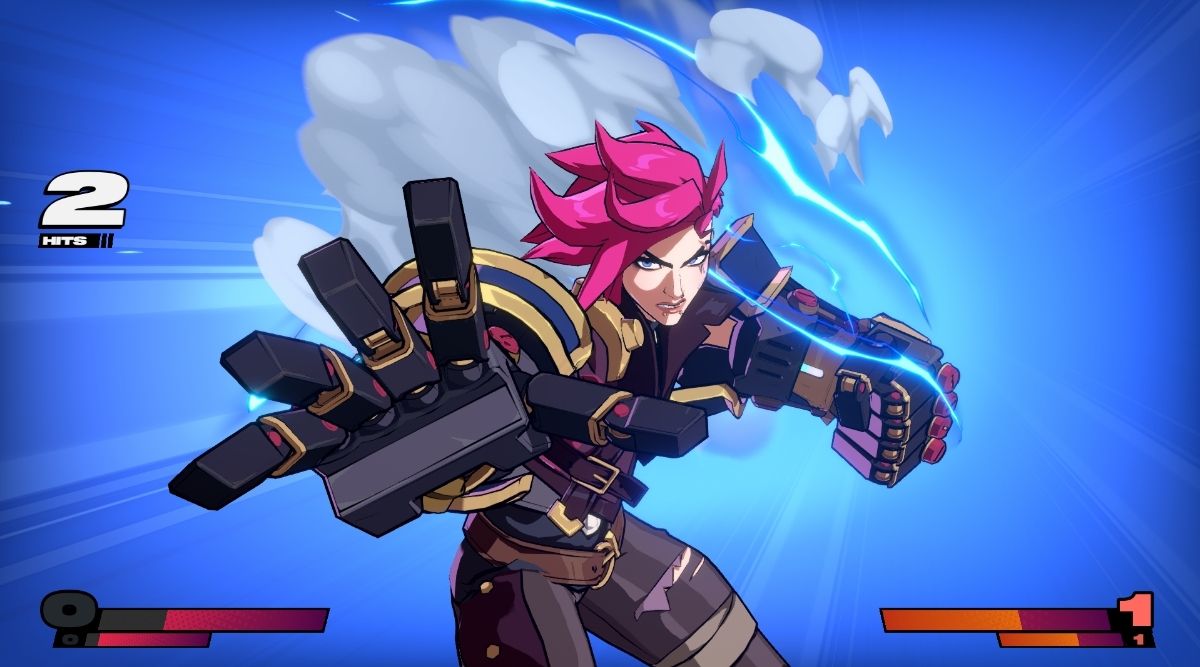Riot Games’ new tag fighter, 2XKO, entered closed beta, giving fans another look at the game before its official 1.0 launch. With nine playable characters to combine into teams of two, and an interesting mechanic to customize how those teams play, the game is primed to land with a lot of style and uniqueness when it goes live.
One of the big discussion points around this game has been the decision to omit combo inputs. Rather than requiring complex combinations of presses, such as the iconic quarter circles of fighting game fame, Riot has opted to keep everything simple on this front.
All special moves are executed by pressing one of two Special Move buttons, and possibly a direction. While other games have made simplified control schemes an option for less dexterous players, this is the only one offered by 2XKO. And it works great.
As a brand-new entry in the genre, Riot has the opportunity to establish what they want this game to be, without the baggage of previous iterations. Lowering the bar for entry by making the controls streamlined across the board not only helps new players try it out, but it also removes any arguments about whether or not players who choose the simplified controls are as good as those who don’t. Also, it feels like this design choice makes 2XKO fit in wonderfully with how Riot has always handled complexity in their games.
By streamlining button inputs, Riot puts the focus on when to attack rather than how.
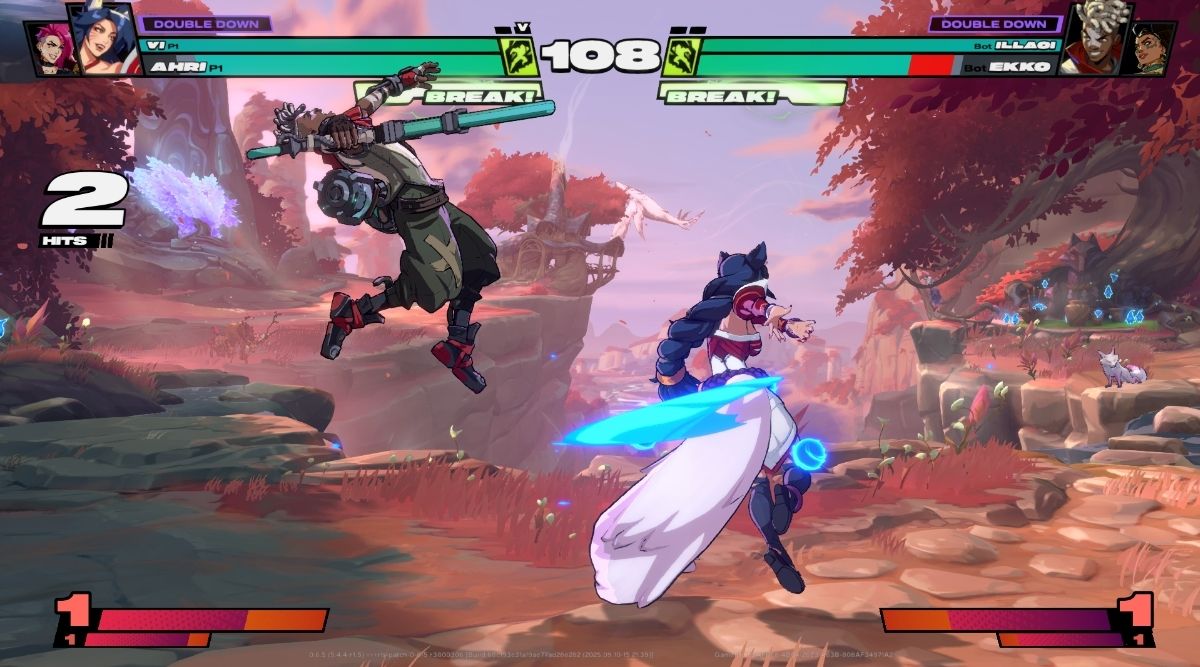
Whether you are talking about Riot’s MOBA offerings or side titles like Legends of Runeterra, the biggest challenges aren’t found in intricate execution, but in complex gameplay. Knowing when to pop an ult in League is far more difficult to master than how.
By streamlining button inputs, Riot has once again focused on the tactical challenges of mastering when to attack rather than the physical challenges of how to do so. This leaves 2XKO primed to deliver a markedly different experience than many other fighters on the market, as well as bringing a familiar design ethos that long-time fans will appreciate.
The complexities that challenge players begin right at character selection. Despite having a low character count, each of the nine options offers something unique. Whether it’s a singular form of movement like Ahri’s air dash or Blitzcrank’s special steam building mechanic, each character stands out. These elements then get combined thanks to the tag-team nature of 2XKO.
2XKO’s tag-team element widens the possibilities for combos and strategy.
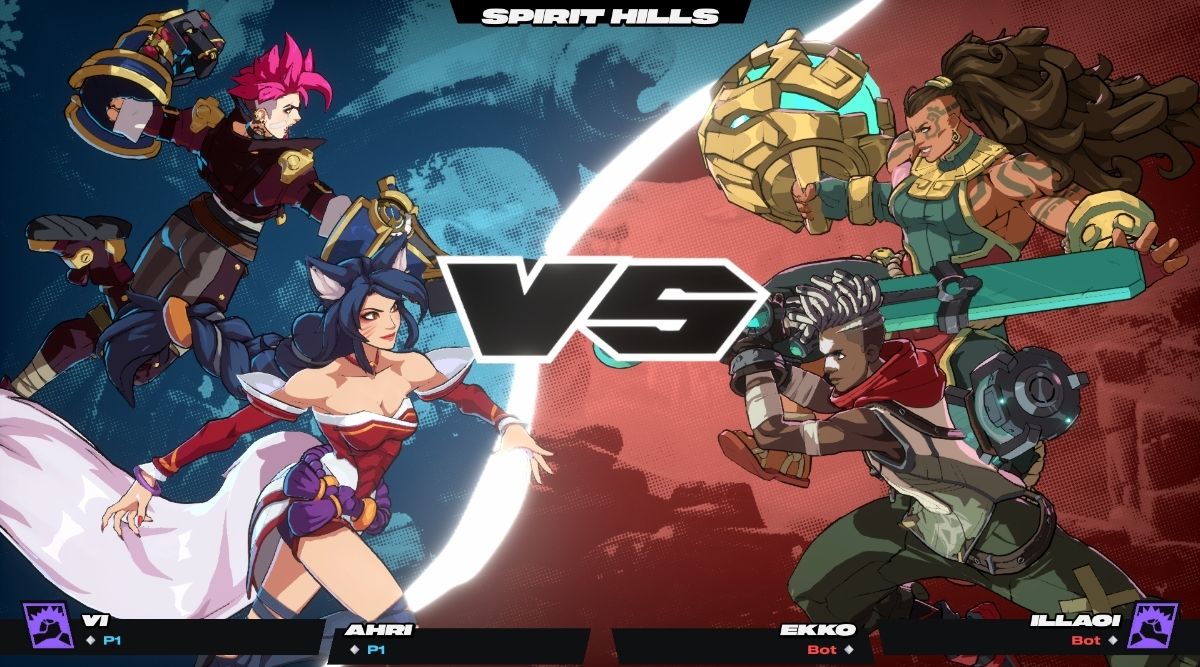
Each tag partner brings two normal assist attacks with them. By tapping the tag button or tag + back, the off-screen character will appear, launching an attack. The teammate will then strike a brief pose before leaping away. These attacks can help create combos and apply pressure, but also create unique interactions, thanks to how tagging in characters works in the game.
At any time during a character’s assist animation, right up to the point they leap away, a tag can happen with a second tap of the assist button. This widens possibilities for combos and adds extra strategy to choosing team partners. For example, choosing a partner like Ahir, who has an assist attack that can leave her behind an enemy, opens up mix-up opportunities that can be further optimized depending on who she is paired with.
These quick tags cannot always be done. If you are actively getting hit, for example, the tag won’t happen. Another big limiter on the power of tags is the fact that your ally can take damage while assisting. So spamming the assist can be punished, resulting in both characters taking damage, potentially resulting in a titular 2XKO if you aren’t careful.
Fuses add a wide range of effects that alter how teams play.
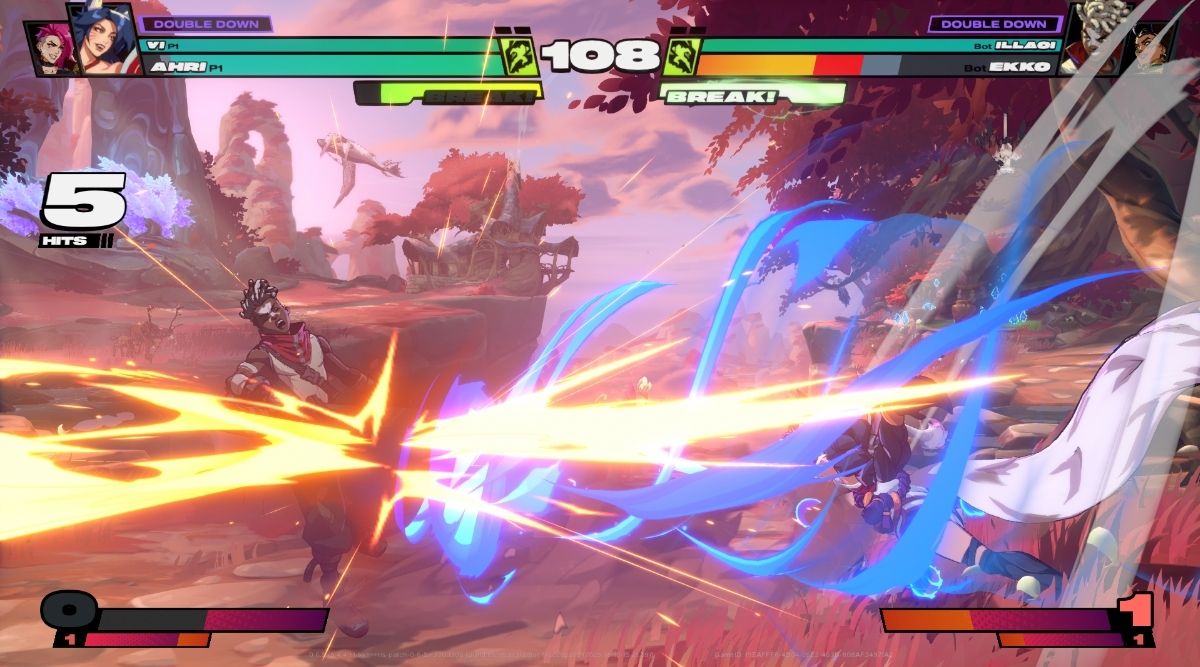
The only problem assistants have is how minuscule the difference feels between an assist “tap” and a tag “hold.” If your finger touches the assist button for more than a split second, the game reads it as a full tag, rather than an assist. This led to frustrating results more than a few times. Hopefully, this can get tweaked a little before the full launch.
The final big element that influences how teams play is the Fuse mechanic. After selecting your team, the player is prompted to pick a fuse. Fuses have a wide range of effects that can greatly alter how teams play. Some allow players to tag-combo super attacks, others allow multiple assist actions to happen during a single assist.
There are even some that allow players to forgo the tag aspect and select a single character with enhanced elements to their damage output and resistance. So if you only want to learn one character and not deal with the tagging, that’s an option.
While assists and Fuses draw a lot of attention in 2XKO‘s gameplay, they are far from the only highlights. The moment-to-moment gameplay feels buttery smooth. The pace feels a little slower than that of some 2D fighters, giving it a less frantic feel, but it still requires the player to be constantly on their toes. Combos can get out of control quickly, leading to huge punishment for a moment’s lapse in focus.
A simple button layout makes it easy for anybody to jump into 2XKO.
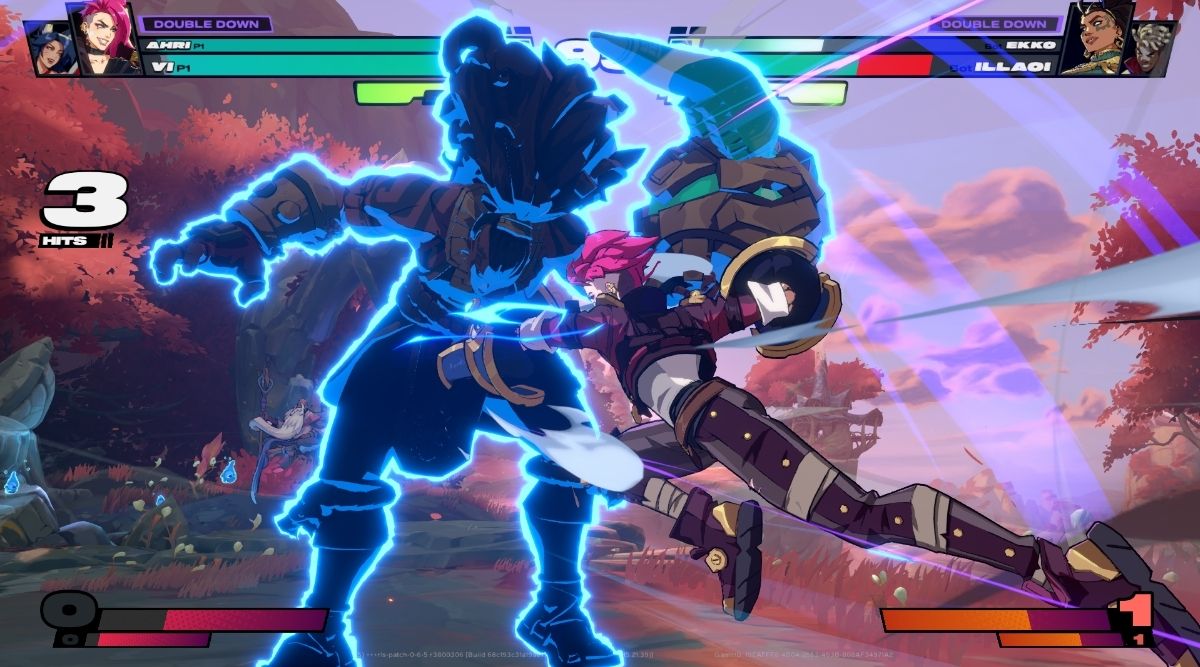
The game is built around three basic attack buttons: light, medium, and heavy. These attacks can be comboed together in a variety of ways to build the core of the game. Players can also turn on an option that allows easy string combos by simply repeatedly pressing the same button, even finishing with a super attack if the player’s power gauge allows it.
Along with the basic attacks, there are dashes, throws, and defensive options that genre fans will be familiar with. Some have their own little quirks, giving them a bit of personality. Even experienced players can look forward to becoming familiar with these moves.
There are several universal mechanics available to all characters that help balance out the offensive nature of the game. A break meter allows players to interrupt an enemy combo, getting them out of a tight situation. Down and heavy attack is a universal anti-air, so airborne aggression has a counter, no matter who you play.
There are also a couple of fun “catch-up” mechanisms available to players once they lose a teammate. These options help ensure that an early lead doesn’t easily spiral into an insurmountable advantage.
2XKO’s Runterra characters play just how you’d expect them to.
Long-time fans of the Runeterra setting will be happy to hear that their favorite characters play just how their lore and personalities would lead you to expect. Vi is total aggression, Jinx excels at long range and deploying traps, and nothing feels worse than getting pulled in by Darius’ axe so he can unleash a beatdown.
On the visual end, 2XKO looks gorgeous. Animations are clean, creating a fluid presentation for characters, projectiles, and even the gorgeous backgrounds. Attacks are filled with flair as explosive bursts and other visual effects that all pop thanks to a gorgeous and bright color palette. Every moment is lively and exciting as each battle plays out.
The characters also look great from a design standpoint. While some remain largely unchanged from their familiar looks, several have undergone significant rework. Nothing changed clashes with who the characters are; rather, they bring some fresh air to these familiar personalties.
2XKO is off to a great start. Its first impressions dazzle, and with the beta set to run until the full game launches, players can expect fine-tuning and updates in preparation for the big day. Riot is once again poised to bring its trademark level of polish and style to another game genre.
2XKO is coming soon to Xbox Series X|S, PlayStation 5, and PC.



